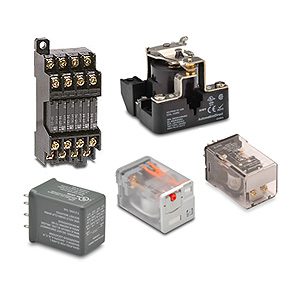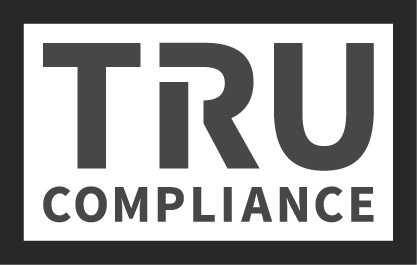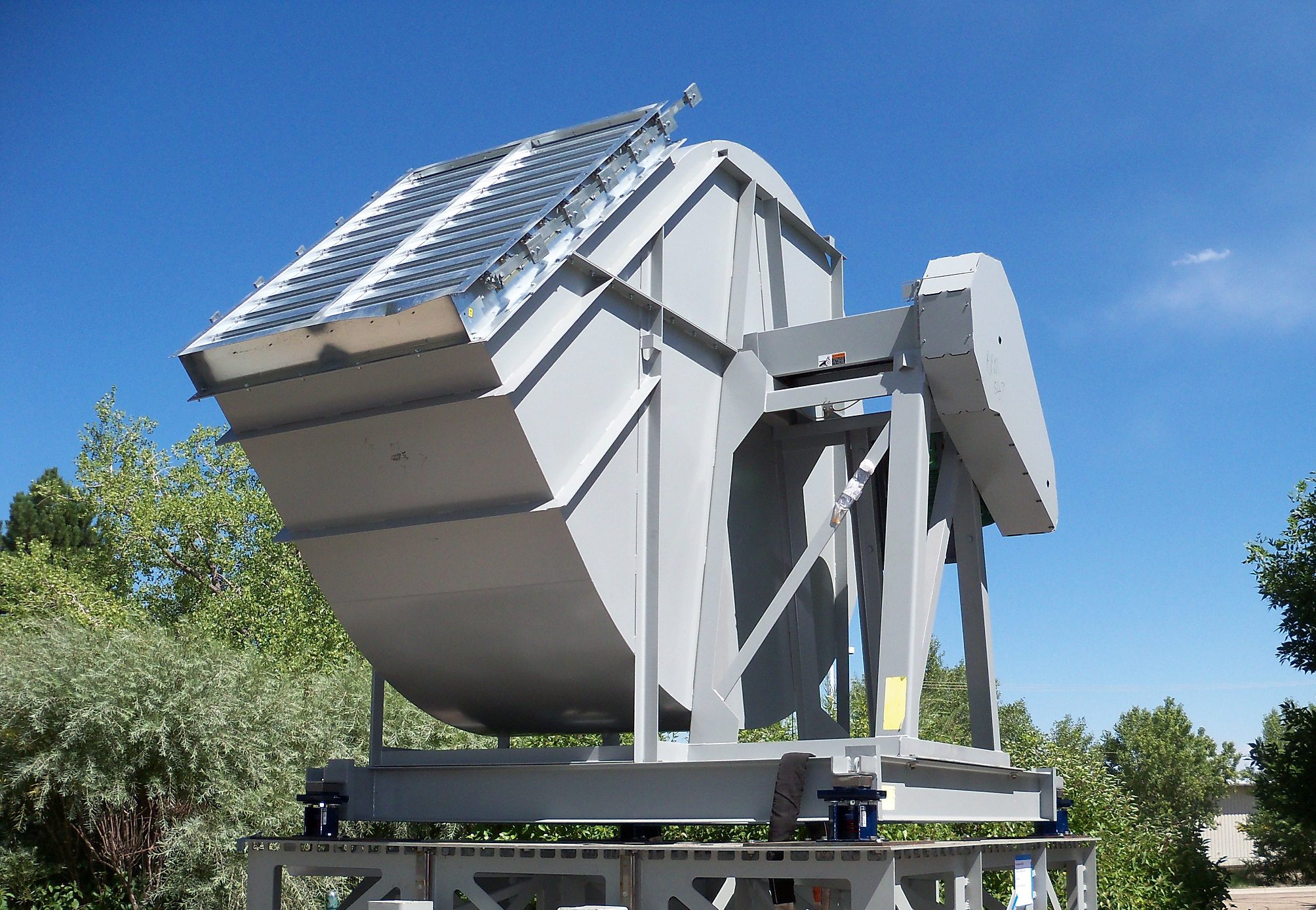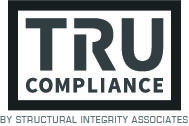CHANGES TO PRODUCTS
Let’s face it, product designs are continually evolving, yet product certifications are restricted to the versions considered during testing. So how can we accommodate changes made to products while still maintaining certification?
TRU Compliance recognizes this issue and has developed change control procedures that allow for review of modifications to product designs aimed at maintaining certification for seismic, wind and blast. TRU clients are provided access to our back end client services portal in which proposed changes can be submitted to our team for evaluation.
SUBCOMPONENT SUBSTITUTION
Within a product certification program, particularly for seismic compliance, explicit consideration of subcomponents, options and features is required to comply with provisions of the IBC, AC156 and HCAI. When developing a certification program, these elements are identified and specifically tested to ensure functional performance objectives are maintained.
After a product is certified, it is common for changes in subcomponent suppliers or new product features to result in the need to add or change certain elements in the unit. One straightforward approach to updating the certification is to go back and perform testing again, though this comes with a substantial cost to complete and many times is cost prohibitive when compared to the overall gains.


Another approach is to utilize the comprehensive TRU Compliance certification database which has over 50,000 subcomponents by numerous manufacturers which can provide the basis for substitution or addition of new elements within a product for seismic certification. Our staff will review your specific proposed installation and compare against similar installations for the desired subcomponent to determine if there is adequate basis for code compliance. Over the years extensive testing has been completed which is publicly available providing substantial insight into product performance under various conditions. This approach is extremely cost competitive when compared with going through a testing program again.
Alternatively, instead of complete retesting of products, another means for changes to subcomponents within a product is to perform subassembly testing. In this approach, seismic testing is again performed, but on a smaller scale as compared to retesting of a complete product. Testing in this scenario requires knowledge of the specific external demands on the subassembly and imparting these loads on the assembly to evaluate performance. By testing smaller portions of a product, costs to produce the unit can be reduced along with reduces costs to execute testing.

MANUFACTURING CHANGES
Aside from changes to subcomponents within a product, there are oftentimes needs to modify the manner in which parts or components are built. This could be as small as adding an additional hole in a member to something more significant such as modifying the type of a structural element. Certifications are necessarily restricted to products built with the same physical properties and therefore special consideration is required when making changes such as these.
Clients can submit detailed information to TRU Compliance through our client services portal for evaluation of the impact of proposed changes. Our team of industry leaders will review the proposals for impact to certification and work with you to find the best way to accommodate proposed changes.

